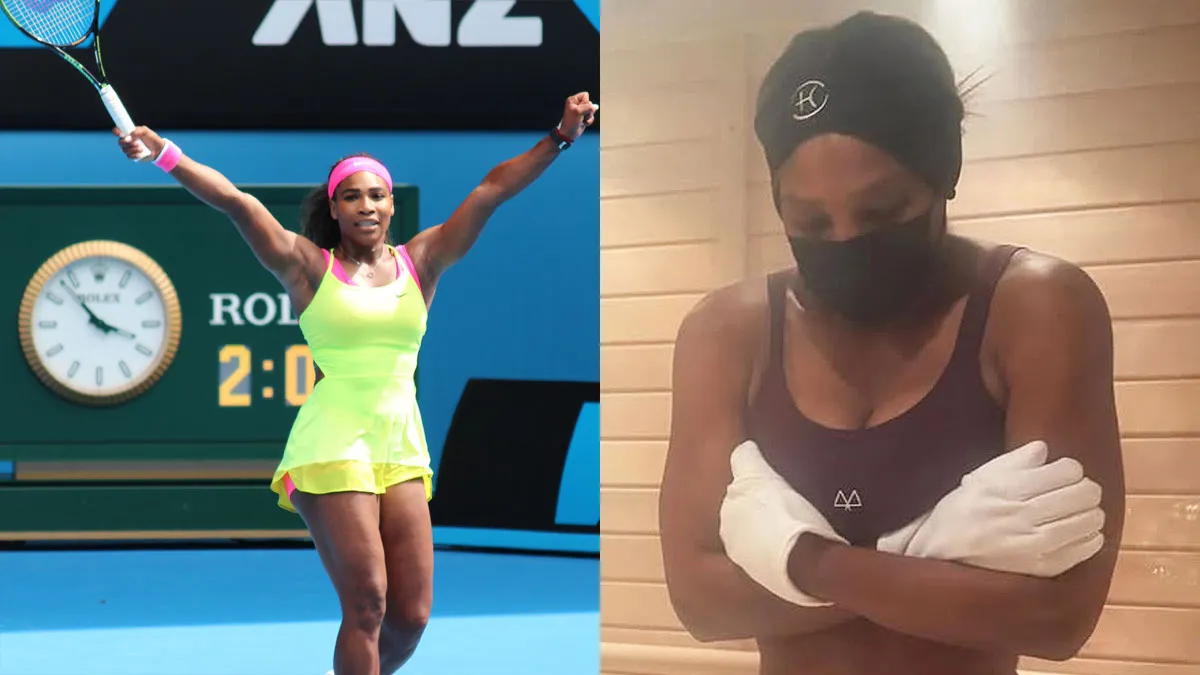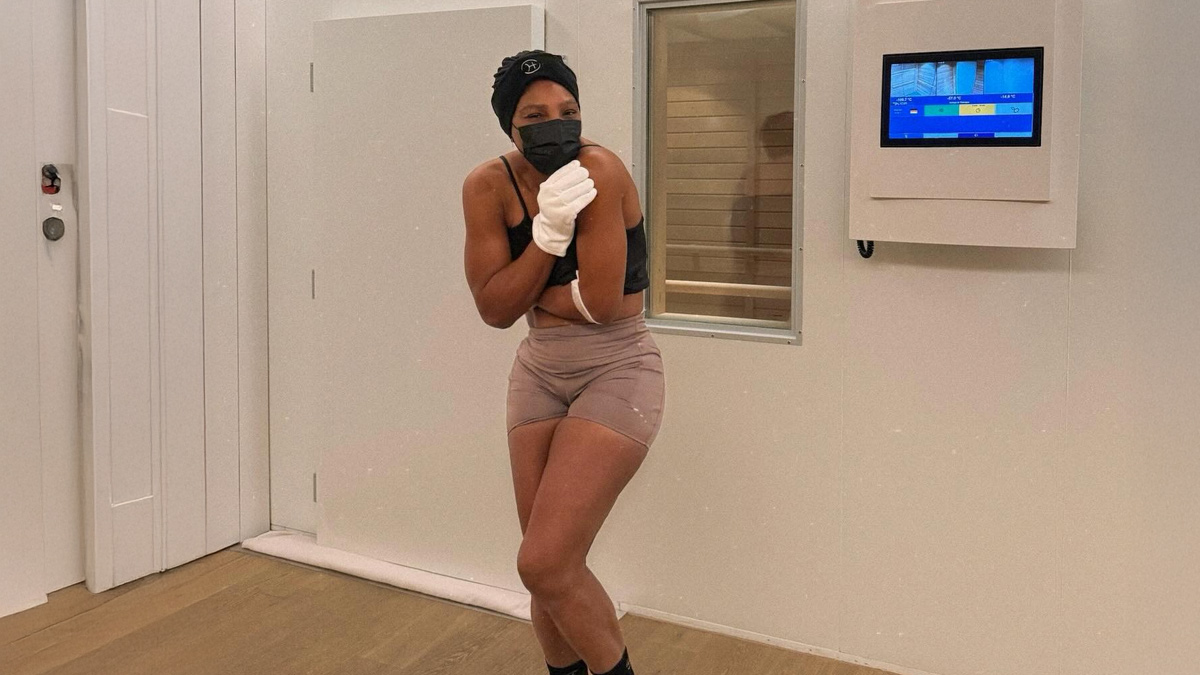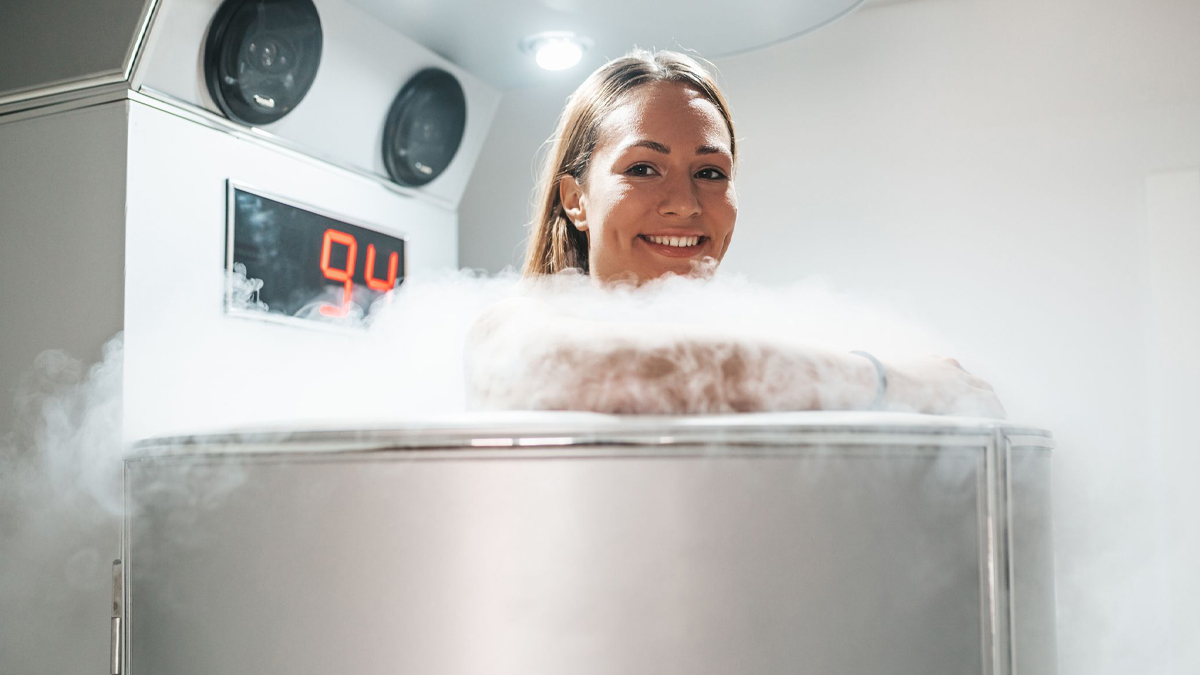
Tennis legend Serena Williams has always pushed her body to the limit. Recently, she shared her experience with cryotherapy, stepping into a freezing -110°C chamber as part of her recovery routine. The news quickly caught fans’ attention, with many curious about this icy treatment. Serena posted about her session on social media, saying it helps her feel refreshed and recover faster after tough training. As more athletes turn to cryotherapy, many people are wondering: What exactly is cryotherapy, and how does it work?
Table of Content:-
What Is Cryotherapy?
View this post on Instagram
Cryotherapy, also called cold therapy, uses very low temperatures to treat the body. The word “cryo” means cold. This treatment can target one area (like an injured knee) or the whole body. People have used cold for healing since ancient times. Records show that cold therapy dates back to 2500 BC. But modern cryotherapy began in 1978, when a Japanese doctor named Jamaguchi used it to help patients with joint pain from rheumatoid arthritis.
Today, cryotherapy comes in several forms:
- Cold air chambers: Like the one Serena used, where your whole body is exposed to freezing air for a few minutes.
- Cold water immersion: Sitting or standing in ice baths.
- Local cryotherapy: Using ice packs or cold sprays on a specific body part.
Each method has its own pros and cons. Some people find ice baths more comfortable, while others prefer the quick blast of cold air in a chamber.
ALSO READ: Kylian Mbappé Hospitalised Due To Acute Gastroenteritis: Exploring Its Causes
How Does Cryotherapy Work?![serena williams Cryotherapy 1 - 2025-06-20T114141.900]()
Dr Saida Rasulova, Head Doctor at Chenot Palace Gabala in Azerbaijan, explains how cryotherapy affects the body. “The mechanism of action of cold exposure is composed of physiological responses, including vessel constriction and shivering thermogenesis, which, respectively, decrease heat loss and increase metabolic heat production,” says Dr Rasulova.
In simple words, when your body is exposed to extreme cold, your blood vessels tighten. This helps reduce swelling and pain. Your body also starts to shiver, which creates heat and burns energy. After the session, blood rushes back to your muscles, bringing more oxygen and nutrients. This process can help muscles heal faster and reduce soreness.-1750400323423.jpg)
Cryotherapy isn’t just for physical recovery. Dr Rasulova points out that it can also benefit mental health. The cold exposure can boost endorphins as chemicals in the brain that make you feel happy. Many people say they feel more awake, alert, and even less stressed after a session. Some studies suggest that regular cryotherapy may help with anxiety and depression, but more research is needed.
What Does Science Say?![Cryotherapy 3 - 2025-06-20T114137.688]()
A study published in the journal Frontiers in Physiology found that whole-body cryotherapy can reduce muscle soreness and speed up recovery after exercise. The study also noted possible improvements in mood and sleep for some people. However, the authors say more research is needed to fully understand the long-term effects.
Is Cryotherapy Safe?
Cryotherapy is usually safe when done correctly and for a short time. Sessions typically last two to three minutes. It’s important to follow safety guidelines and use certified chambers. People with certain health conditions, like heart problems, should check with their doctor before trying cryotherapy.
ALSO READ: Fitness Expert Shares 3 Worst Breakfast Options For Busy People
Conclusion
Serena Williams’ cryotherapy journey has brought attention to this unique recovery tool. Cryotherapy uses extreme cold to help the body heal and may even boost mental well-being. While it isn’t for everyone, many athletes and regular people find it helpful. If you’re curious, talk to a health expert to see if cryotherapy is right for you.
Also watch this video
How we keep this article up to date:
We work with experts and keep a close eye on the latest in health and wellness. Whenever there is a new research or helpful information, we update our articles with accurate and useful advice.
Current Version

